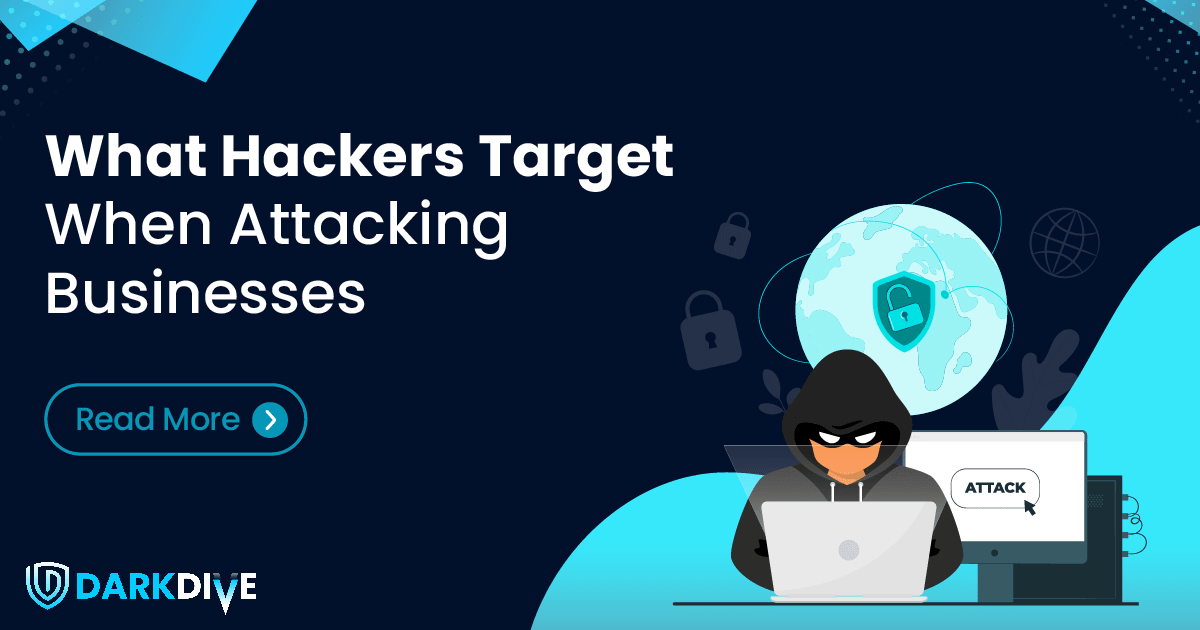
When most people think about cyberattacks, they picture major corporations—banks, tech giants, insurance firms. But the truth is, cybercriminals don’t only go after the biggest fish. They go after the easiest. Whether you’re a five-person startup or a Fortune 500, if you’ve got a gap in your defenses, you’re on the list.
So, what exactly are attackers scanning for when deciding who to hit? It’s not random. There’s a pattern—and once you understand it, you can start closing the gaps.
- Poor Security Hygiene
Hackers love low-effort wins. Weak passwords, expired SSL certificates, and unpatched software? That’s gold. Automated bots crawl the internet around the clock, scanning for exposed ports, default logins, outdated plugins, and misconfigured firewalls.
The companies that skip the basics often don’t know they’ve made a mistake—until they’re breached. And by then, the damage is already underway.
- Valuable (and Easy-to-Steal) Data
Every business stores something of value—whether it’s payment data, customer records, health information, or intellectual property. Attackers don’t just look at what you have but also at how well it’s protected.
Databases without encryption, public-facing backups, and weak access controls make life easier for threat actors. Add to that a lack of monitoring, and breaches can go unnoticed for weeks.
- Employees with No Security Training
Phishing isn’t just alive—it’s thriving. Cybercriminals know that humans are often the weakest link. And if your employees aren’t trained to spot red flags, one wrong click can give an attacker access to your entire network.
The scary part? That access might come disguised as a fake invoice, a calendar invite, or a simple password reset. All it takes is one mistake.
- Third-Party Weaknesses
Your security posture is only as strong as the vendors and partners you rely on. If one of them gets compromised, their breach can become your problem.
Attackers know this. That’s why they often target smaller suppliers with weaker defenses to eventually move laterally into larger organizations. Every tool, integration, or API connected to your business is a potential entry point.
This is where a platform like DarkDive can provide critical visibility. Even if your systems are locked down, DarkDive scans the dark web for any signs that your company’s data may have leaked—including credentials or documents compromised in a third-party breach. If anything tied to your digital footprint appears, it sends a real-time alert so your team can take action fast—before the risk snowballs.
- Delayed Detection and Response
Cybercriminals thrive on silence. The longer they go unnoticed, the more damage they can do—whether that’s installing backdoors, exfiltrating data, or escalating access.
Unfortunately, many companies don’t have the tools or processes to detect threats quickly. Without real-time monitoring or an incident response plan in place, attackers may linger inside your environment for months. And when they’re finally discovered, it’s usually by accident—or after the damage is done.
Conclusion
Hackers don’t rely on luck. They rely on patterns—misconfigurations, bad passwords, untrained staff, and vendors with weak security. If you’re online, you’re a potential target. And if there’s a gap, they’ll find it.
But the good news? Once you know what they look for, you can block them out. Strong security hygiene, employee awareness, continuous monitoring, and platforms like DarkDive give you the visibility you need to stay ahead of the next breach—not just respond to it.
The challenge today isn’t just having security tools—it’s using them to see what others miss. The faster you can detect exposure, the faster you can contain it. Visibility into the dark web, credential misuse, or vendor-related leaks can make the difference between a minor scare and a major breach.
In cybersecurity, you’re either prepared or exposed. There’s no in-between.
